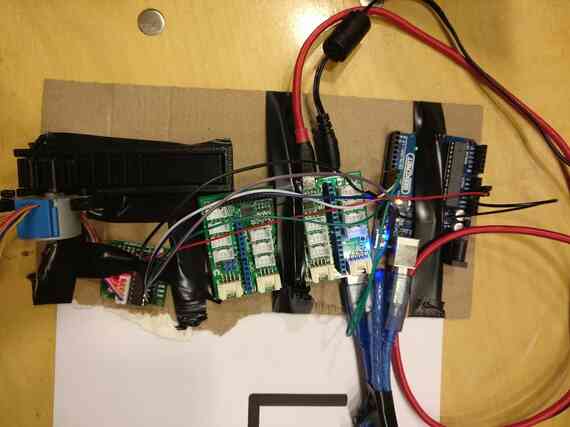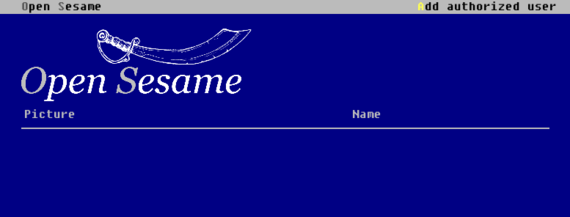I’ve spent 3/4 weekends over the past month developing various things for hackathons, and one of the most interesting ideas that I’ve come across is using Azure’s Face API in physical products.
At HackPrinceton this spring, Leon Wu, Imanuel Sonubi, Natasha Hanley, and I developed a deadbolt that would automatically unlock the door when authorized users walk in front of the door:

I first got started with this API at BuildGT 2018, where Kevin Aiken brought up the idea of using facial recognition. Our project there, Auto Metrics analyzed customers entering a shop, and kept track of who they were and whether or not they were were shoplifters.
The hardware
Our initial plan was to build this on top of a DragonBoard 410c, but our dreams were quickly cut short when we realized that we didn’t have a USB webcam. However, we did still want to be eligible for the “Best IoT Hack Using a Qualcomm Device” prize, so in the end we did (barely) incorporate the board.
The most fun part of the hardware was designing our own components in FreeCAD, a parametric CAD program, to be 3-d printed. Along with helping Leon with his first time using any CAD software, I made the bolts (blue) to hold the motor in and the fillet on the main frame (red):

Of course, our design didn’t actually work on the first try (although the 3d print was perfect on the first try!). We should have moved the motor about midway to the end of the deadbolt enclosure, but it was too late to wait for that part to print again, so instead we sanded some off the teeth off the deadbolt.
Otherwise, the rest of the hardware was pretty straightforward: code running on the laptop (although easily portable to the DragonBoard), dragonboard proxying commands to the knockoff Arduino over serial, the Arduino moving the stepper a specific number of steps to open and close the deadbolt.
The software
There was also software, although nothing special. The code is on GitHub, so go get it. The face API allows 16KiB of metadata, so we used that to store thumbnails, which we generated in the browser (based on Joel Vardy’s code, see resize.js). This allowed us to serve the site as a static site, which greatly simplified our deployment since there was no database or backend. We did have to have the azure secret keys on the frontend, but hey, it’s just gonna run on my machine and I trust me.


